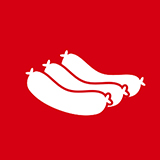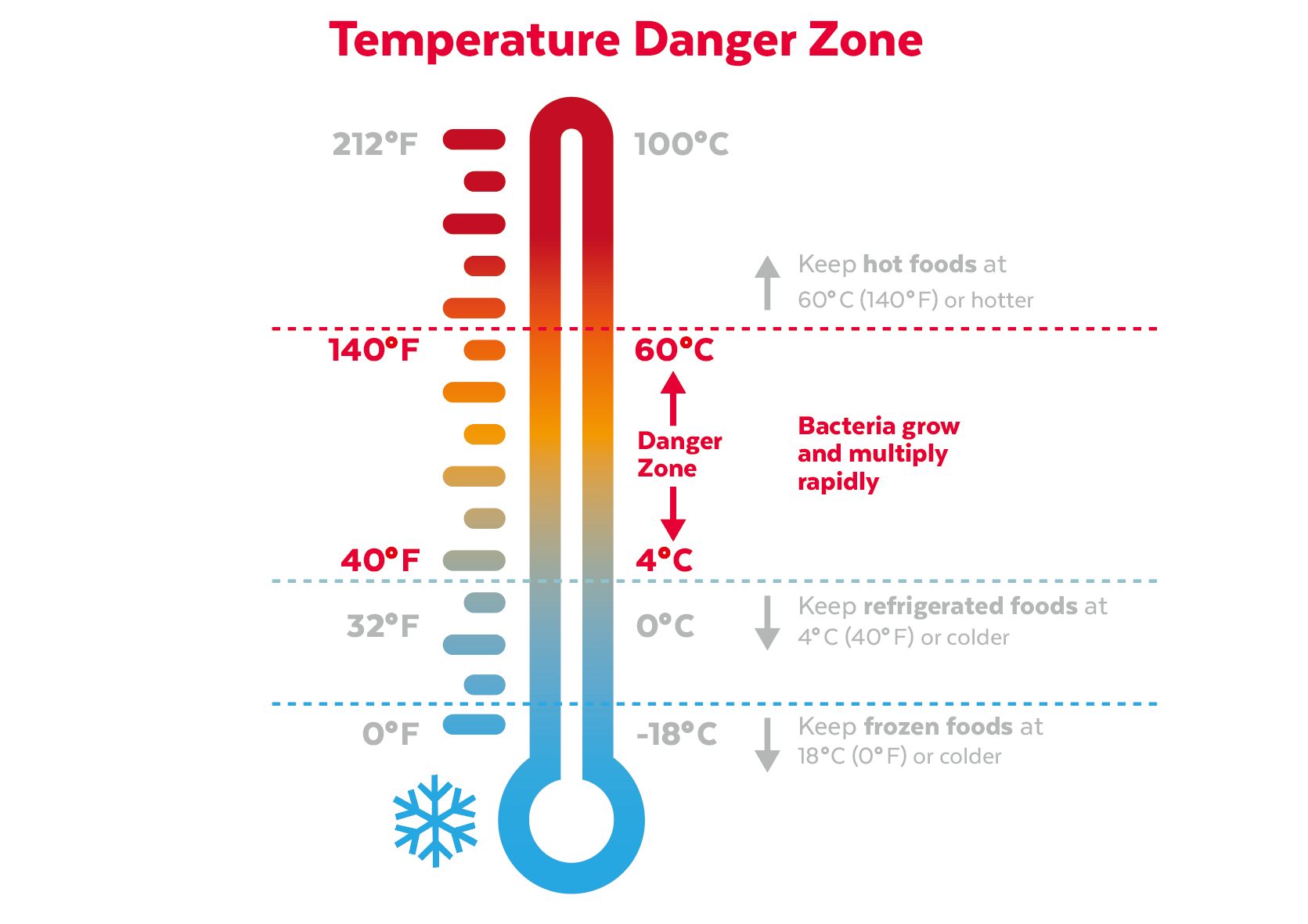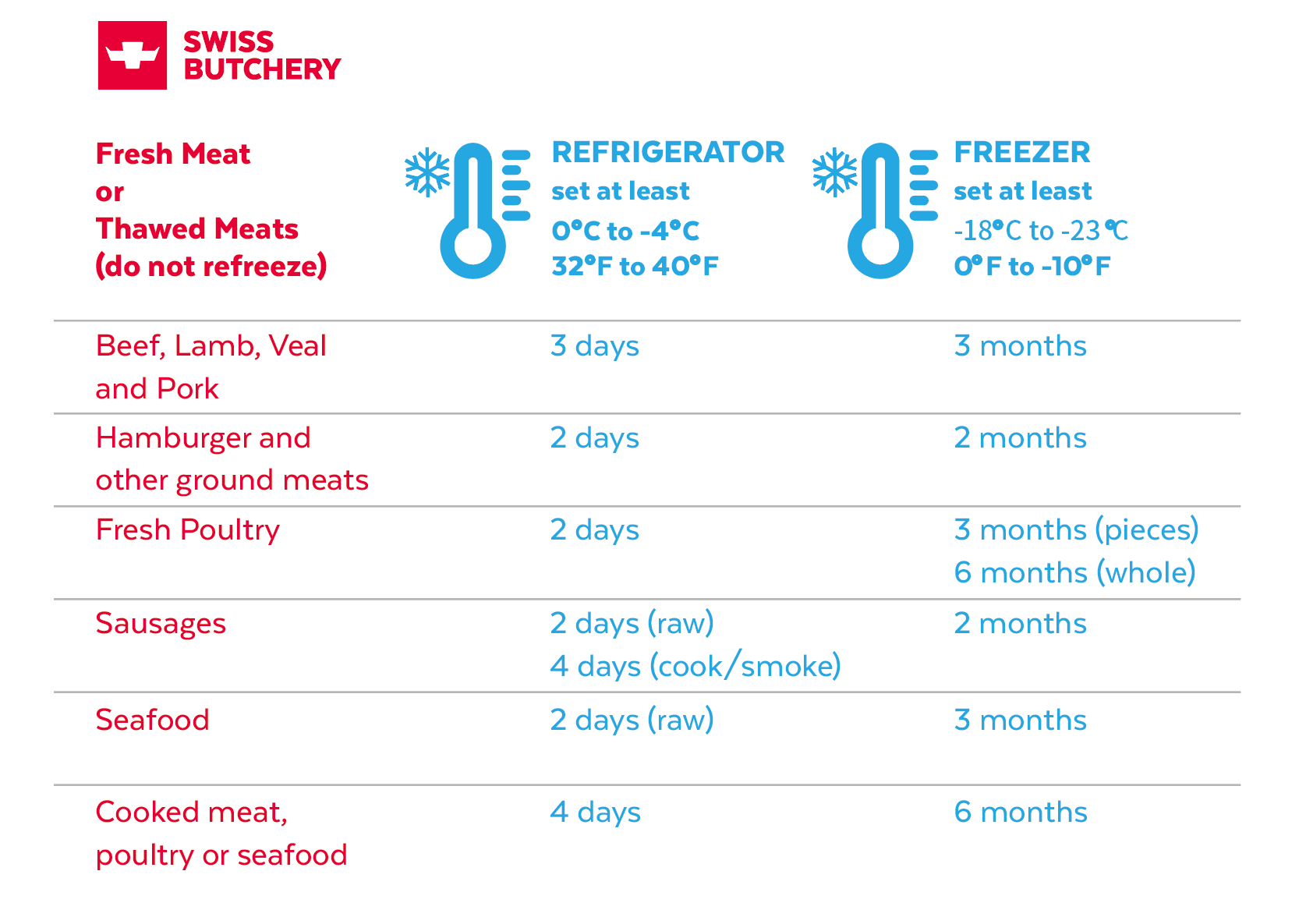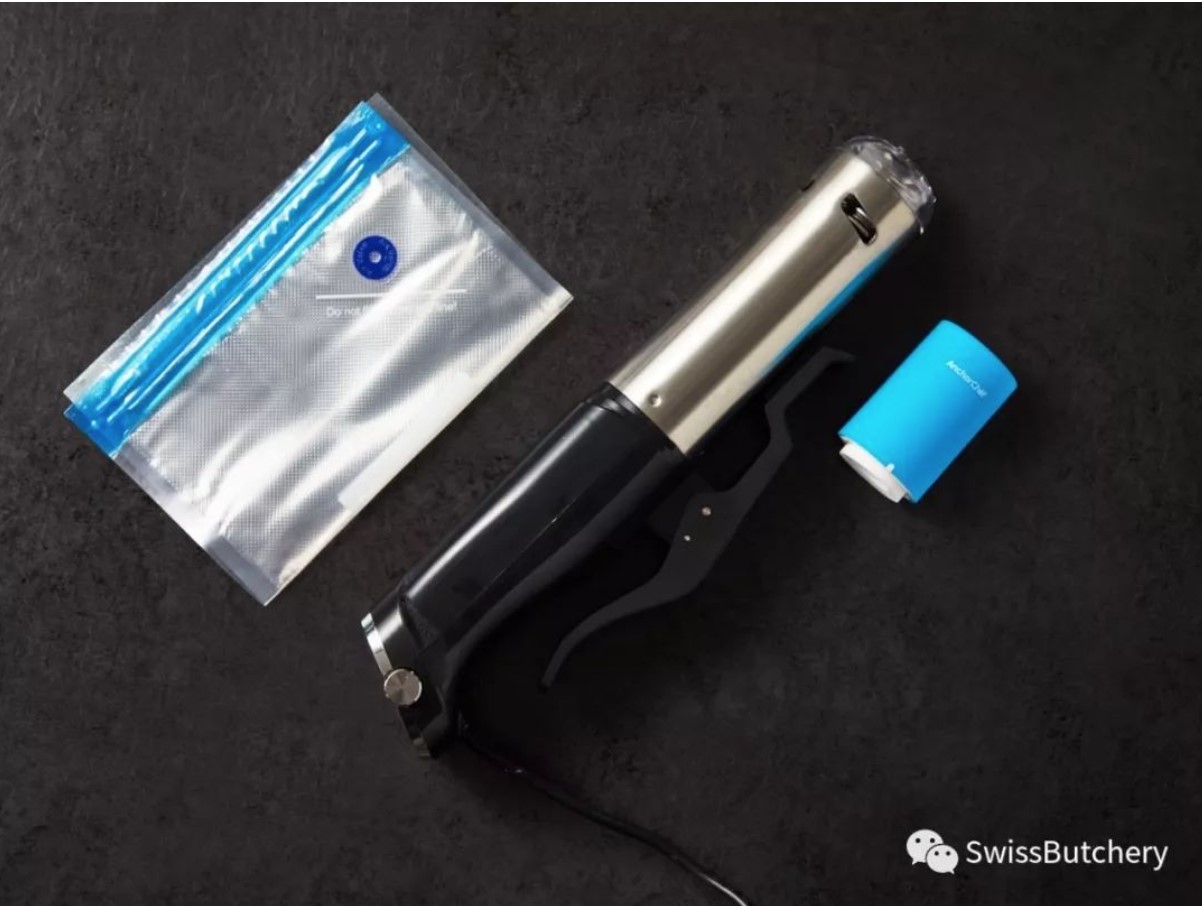Packaging
■ Airtight package
Wrap the meat in a new airtight package to avoid freezer burn that might affect the meat’s color, quality, odor and taste.
■ Portion
Divide your meat into individual portions. Frozen food is difficult to separate until it thaws out, and small packages freeze faster.
■ Date and indicate
Date each package before you freeze it. This makes it easy to know when and which package to use first. Also indicate the product, like frozen veal or pork can look quite similar.
TIP: You can find a Mini Vacuum Sealing Tool (USB rechargeable) with 5 food vacuum bags for only 150RMB in our stores. Just put the vacuum sealer on the air valve of the bag and press the power button to exhaust air automatically
Freezing
While freezing food, all moisture inside expands forming sharp edged ice crystals affecting the cellular structure. It is why frozen meat or seafood does not taste as good as fresh.
■ Spread it out
Do not stack packages of food in your freezer. Instead spread them out in a single layer. Once frozen, it is safe to stack them.■ Freeze quickly
This will prevent the formation of large ice crystals, and to minimize the structural damage of the meat and its flavor. Do not crowd the freezer to allow enough room for air to circulate so the meat will freeze rapidly.■ Keep constant temperature
Whether fresh or cooked meat or seafood, keep it constantly stored between -18 to -23°C (-0 to -10°F).
TIP: At Swiss Butchery we have professional equipment to freeze products highly efficient, while your fridge at home will take much more time. Check out our limited assortment of frozen products for your convenience at home.
Defrosting
Freezing ruptures the structure of food, while defrosting makes it lose its liquid. When you defrost food, the thaw will break down cells, leaching out moisture and therefore its natural springiness. This liquid is called ‘purge’ and often found at the bottom into the package.
■ Refrigerator
The safest method is to place frozen meat in the refrigerator for a day or two days ahead of time. Thawing meat slowly in the refrigerator minimizes damage from ice crystals, which helps maintain the food's quality.
Always thaw food on a lipped tray in your refrigerator to catch the 'purge' liquid as it can carry harmful bacteria, and avoid any contact with other fresh food.
■ Cold Water
For faster thawing, place meat in a leak-proof plastic bag and immerse it in cold water, changing the water at least every 30 minutes to keep it cold.
■ Microwave
If you use a microwave ‘defrosting program’ to thaw meat, cook it immediately afterwards as some parts of the food may have already started to cook.
■ Sous Vide cooking method
In our stores, we provide airtight sealed portions of fresh steaks, duck and salmon. These packages can be cooked straight from the freezer into a water bath for a delicious meal. This cooking method is called Sous Vide.
TIP: At Swiss Butchery we sell a sous vide machine at the very special price of RMB 590. We bet that is cheaper than almost any other place.


















